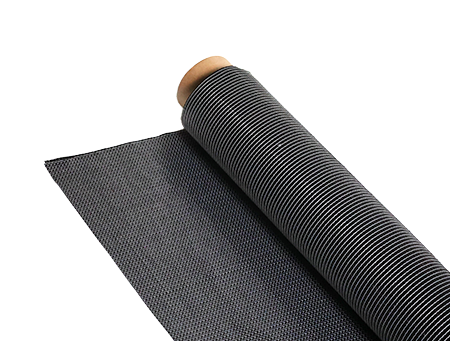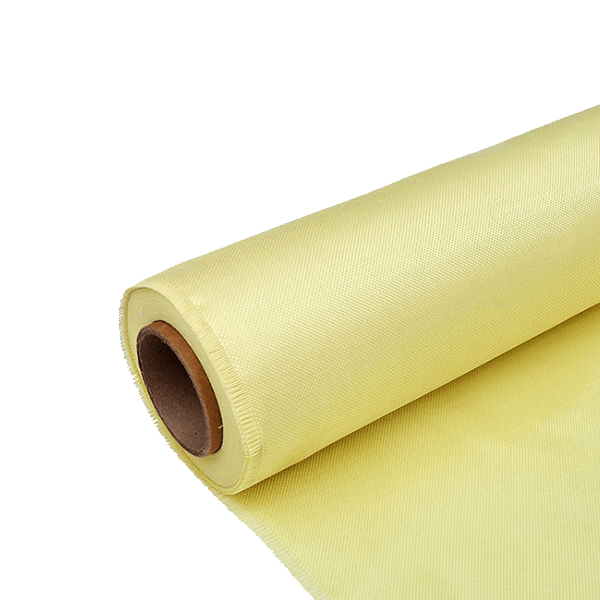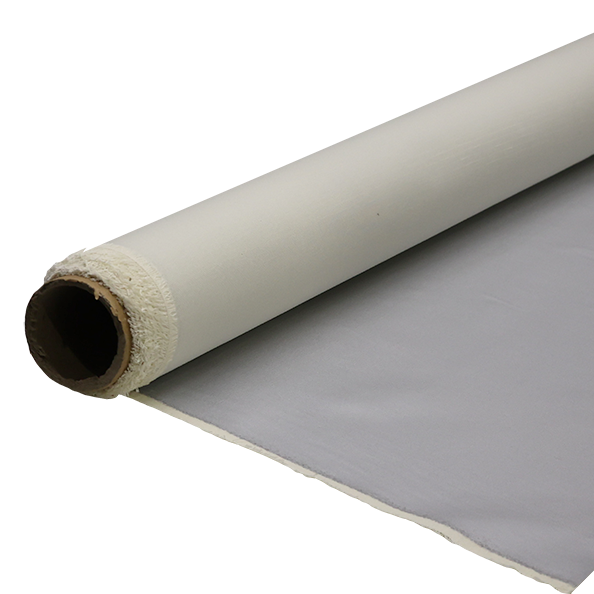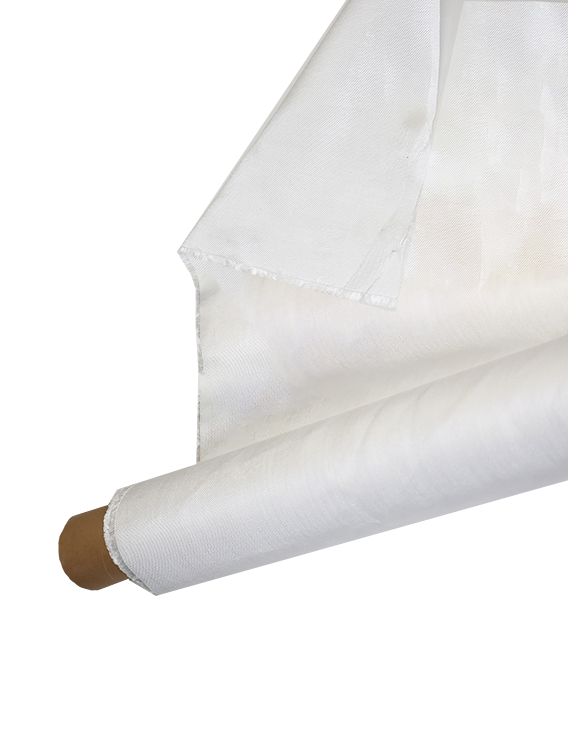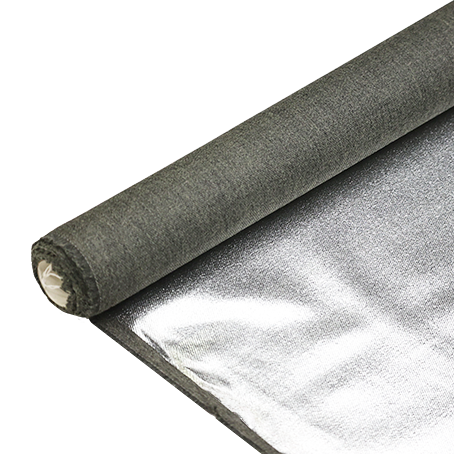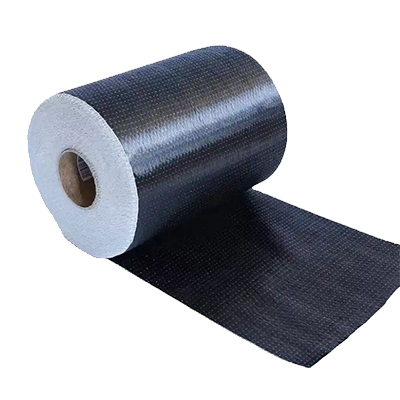What Makes Composite Materials So Durable?
-
Table of Contents
“Unmatched Strength Meets Lightweight Versatility: The Enduring Power of Composite Materials.”
Composite materials are engineered substances made from two or more constituent materials with significantly different physical or chemical properties. This combination results in a material that exhibits superior strength, durability, and resistance to environmental factors compared to its individual components. The durability of composite materials can be attributed to their unique structure, which often includes a matrix and reinforcement phase, allowing them to withstand stress, impact, and fatigue. Additionally, composites are designed to resist corrosion, moisture, and temperature fluctuations, making them ideal for a wide range of applications, from aerospace to construction. Their lightweight nature further enhances their durability by reducing the overall load on structures and components, leading to longer service life and lower maintenance costs.
Enhanced Strength-to-Weight Ratio
Composite materials have gained significant attention in various industries due to their remarkable durability, which can be attributed to several intrinsic properties. One of the most critical factors contributing to this durability is the enhanced strength-to-weight ratio that composite materials offer. This unique characteristic not only makes them suitable for a wide range of applications but also allows for innovative designs that were previously unattainable with traditional materials.
To understand the significance of the strength-to-weight ratio, it is essential to recognize the fundamental composition of composite materials. Typically, composites consist of two or more distinct materials that, when combined, yield properties superior to those of the individual components. For instance, a common composite material is fiberglass, which combines glass fibers with a resin matrix. The glass fibers provide exceptional tensile strength, while the resin offers flexibility and resistance to environmental factors. This synergy results in a material that is both lightweight and incredibly strong, making it ideal for applications in aerospace, automotive, and construction industries.
The enhanced strength-to-weight ratio of composite materials allows for significant weight savings in design and manufacturing processes. In the aerospace sector, for example, reducing weight is paramount for improving fuel efficiency and overall performance. Aircraft manufacturers have increasingly turned to composite materials to construct airframes and components, as these materials can withstand the rigorous demands of flight while minimizing weight. Consequently, the use of composites not only enhances the structural integrity of the aircraft but also contributes to lower operational costs and reduced environmental impact.
Moreover, the strength-to-weight ratio of composite materials enables engineers and designers to explore more complex geometries and structures. Traditional materials, such as metals, often require additional reinforcement to achieve the desired strength, which can lead to increased weight and reduced efficiency. In contrast, composites can be engineered to provide strength precisely where it is needed, allowing for more streamlined designs that maintain structural integrity without unnecessary bulk. This capability is particularly advantageous in industries where performance and efficiency are critical, such as automotive racing and high-performance sports equipment.
In addition to their lightweight nature, composite materials exhibit excellent resistance to fatigue and corrosion, further enhancing their durability. Unlike metals, which can suffer from fatigue over time due to repeated stress, composites maintain their structural integrity under similar conditions. This resistance to fatigue is particularly beneficial in applications where materials are subjected to cyclic loading, such as in bridges or wind turbine blades. Furthermore, composites are often resistant to chemical degradation, making them suitable for use in harsh environments where exposure to moisture, salt, or other corrosive agents could compromise the integrity of traditional materials.
In conclusion, the enhanced strength-to-weight ratio of composite materials plays a pivotal role in their durability and versatility across various applications. By combining different materials to create composites, manufacturers can achieve a balance of strength and weight that is unmatched by traditional materials. This unique property not only facilitates innovative designs but also contributes to improved performance and efficiency in numerous industries. As technology continues to advance, the potential for composite materials to revolutionize engineering and manufacturing processes remains vast, promising even greater durability and functionality in the future.
Resistance to Corrosion and Environmental Factors
Composite materials have gained significant attention in various industries due to their remarkable durability, particularly in terms of resistance to corrosion and environmental factors. This durability is a crucial attribute, especially in applications where materials are exposed to harsh conditions, such as in aerospace, automotive, and construction sectors. The unique composition of these materials, which typically combines two or more distinct substances, contributes to their enhanced performance and longevity.
One of the primary reasons composite materials exhibit exceptional resistance to corrosion is their inherent structure. Unlike traditional metals, which can corrode when exposed to moisture, salt, or chemicals, composites often incorporate polymers that do not react with these environmental elements. For instance, fiberglass, a common composite material, consists of glass fibers embedded in a resin matrix. This combination not only provides strength but also creates a barrier that prevents moisture and corrosive agents from penetrating the material. As a result, fiberglass is widely used in marine applications, where exposure to saltwater can lead to rapid degradation of conventional materials.
Moreover, the versatility of composite materials allows for the incorporation of additives that further enhance their resistance to environmental factors. For example, manufacturers can include UV stabilizers in polymer matrices to protect against the damaging effects of ultraviolet radiation. This is particularly important in applications where materials are exposed to sunlight for extended periods, such as in outdoor furniture or building facades. By mitigating the effects of UV exposure, composites maintain their structural integrity and aesthetic appeal over time, reducing the need for frequent maintenance or replacement.
In addition to their resistance to corrosion and UV degradation, composite materials also demonstrate impressive performance in extreme temperature conditions. Many composites can withstand a wide range of temperatures without losing their mechanical properties. This thermal stability is essential in industries such as aerospace, where materials must endure the intense heat generated during flight as well as the cold temperatures encountered at high altitudes. The ability to maintain performance under varying thermal conditions further underscores the durability of composite materials.
Furthermore, the lightweight nature of composites contributes to their durability in practical applications. Traditional materials, such as steel or aluminum, can be heavy and cumbersome, leading to increased wear and tear over time. In contrast, composites offer a high strength-to-weight ratio, allowing for the design of lighter structures that do not compromise on strength. This characteristic is particularly advantageous in the automotive industry, where reducing vehicle weight can enhance fuel efficiency and overall performance. Consequently, the durability of composite materials not only stems from their resistance to environmental factors but also from their ability to be engineered for specific applications.
In conclusion, the durability of composite materials is a multifaceted attribute that arises from their resistance to corrosion and environmental factors. Their unique composition, combined with the potential for customization through additives and engineering, allows these materials to perform exceptionally well in challenging conditions. As industries continue to seek innovative solutions that offer longevity and reliability, the role of composite materials is likely to expand, further solidifying their place as a preferred choice in various applications. The ongoing advancements in composite technology promise to enhance their durability even further, ensuring that they remain at the forefront of material science for years to come.
Superior Impact Resistance and Energy Absorption
Composite materials have gained significant attention in various industries due to their remarkable durability, particularly in terms of superior impact resistance and energy absorption. These characteristics are essential in applications ranging from aerospace and automotive engineering to sports equipment and construction. Understanding the underlying mechanisms that contribute to the durability of composite materials can provide valuable insights into their widespread adoption and continued development.
One of the primary reasons for the exceptional impact resistance of composite materials lies in their unique structure. Composites are typically composed of two or more distinct materials, which work synergistically to enhance overall performance. For instance, the combination of a strong matrix, often a polymer or metal, with reinforcing fibers, such as carbon or glass, creates a material that can withstand significant forces without failing. This synergy allows composites to distribute stress more evenly across their structure, reducing the likelihood of localized damage when subjected to impact.
Moreover, the energy absorption capabilities of composite materials are closely linked to their ability to deform under stress. When an impact occurs, composites can undergo controlled deformation, which dissipates energy rather than allowing it to concentrate at a single point. This characteristic is particularly advantageous in applications where safety is paramount, such as in automotive crash structures or protective gear. By absorbing and redistributing energy, composite materials can significantly reduce the risk of catastrophic failure, thereby enhancing the safety of both the material and its users.
In addition to their inherent structural advantages, the manufacturing processes used to create composite materials also play a crucial role in their durability. Advanced techniques, such as resin transfer molding and vacuum-assisted resin infusion, allow for precise control over the material’s properties. This level of control enables engineers to tailor the composite’s composition and structure to meet specific performance requirements, further enhancing its impact resistance and energy absorption capabilities. As a result, composites can be designed to withstand extreme conditions, making them ideal for high-performance applications.
Furthermore, the versatility of composite materials allows for the incorporation of various additives and reinforcements that can further improve their impact resistance. For example, the inclusion of toughening agents or impact modifiers can enhance the material’s ability to absorb energy during an impact event. This adaptability not only broadens the range of potential applications for composites but also ensures that they can be optimized for specific environments and performance criteria.
It is also worth noting that the durability of composite materials extends beyond their immediate response to impact. Their resistance to environmental factors, such as moisture, chemicals, and temperature fluctuations, contributes to their long-term performance. Unlike traditional materials, which may degrade over time, composites can maintain their structural integrity and impact resistance even in harsh conditions. This longevity is particularly beneficial in industries where maintenance and replacement costs can be significant.
In conclusion, the superior impact resistance and energy absorption capabilities of composite materials stem from their unique structural composition, advanced manufacturing processes, and adaptability to various applications. As industries continue to seek materials that offer enhanced performance and safety, the role of composites is likely to expand, paving the way for innovative solutions that leverage their durability. By understanding the factors that contribute to the resilience of composite materials, engineers and designers can harness their full potential, leading to safer and more efficient products across a multitude of sectors.
Q&A
1. **Question:** What is the primary reason for the durability of composite materials?
**Answer:** The primary reason for the durability of composite materials is their ability to combine the strengths of different materials, resulting in enhanced mechanical properties such as high tensile strength, resistance to fatigue, and improved impact resistance.
2. **Question:** How do the components of composite materials contribute to their durability?
**Answer:** The components of composite materials, typically a matrix and reinforcement, work together to distribute loads and stresses evenly, preventing failure. The matrix protects the reinforcement from environmental damage, while the reinforcement provides structural integrity.
3. **Question:** In what ways do composite materials resist environmental degradation?
**Answer:** Composite materials resist environmental degradation through their inherent resistance to moisture, chemicals, and UV radiation, which helps prevent issues like corrosion, rot, and degradation over time, thus maintaining their structural performance.Composite materials are durable due to their unique combination of properties, including high strength-to-weight ratios, resistance to corrosion and environmental degradation, and the ability to tailor their mechanical properties through the selection of matrix and reinforcement materials. The synergy between the matrix and reinforcement enhances load distribution and energy absorption, leading to improved impact resistance and longevity. Additionally, composites can be engineered to withstand extreme temperatures and harsh conditions, making them suitable for a wide range of applications. Overall, the durability of composite materials stems from their engineered structure and the inherent advantages of their constituent materials.

